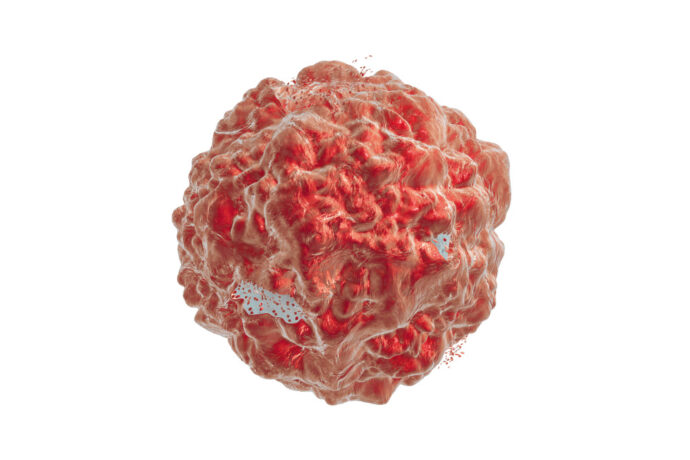
Dr. Parvez Dara, an Oncologist from the U.S., explores the nuances of determining the primary source of a cancer.
Ever wonder why 5 percent of metastatic cancer the primary site is never found? There is some enlightenment on the subject and is the purpose of this discourse.
Here is a well-known fact:
Experimental data from Ductal Carcinoma In Situ (DCIS) suggest that after “curative” treatment 2 -3% of cases will develop metastasis in spite of no residual primary. This is indeed the launch pad for the inquiry.
We know that cancer cells have single or multiple constraints, which prevent them from progressing. The most important of these constraints is the Tumor suppressor genes. An example of that is the BRCA1. A mutation in that gene (disabling the function of the gene) leads to a higher risk of developing breast cancer. Consider the tumor suppressor gene as brakes in a car. Juxtaposed to the brake is the accelerator: the oncogene. An oncogene when overexpressed (driver with a lead foot) within the cell leads to cancer formation and promotion. An example of the oncogene would be HER 2-neu (erbB-2) in breast and stomach cancer, and MYC gene in lymphomagenesis.
Now researchers have tied the two processes together to come up with a composite concept in breast cancer-genesis…
Are you a physician? Login or join Sermo to continue reading and participate in a discussion with your colleagues all over the world.








